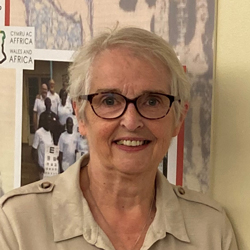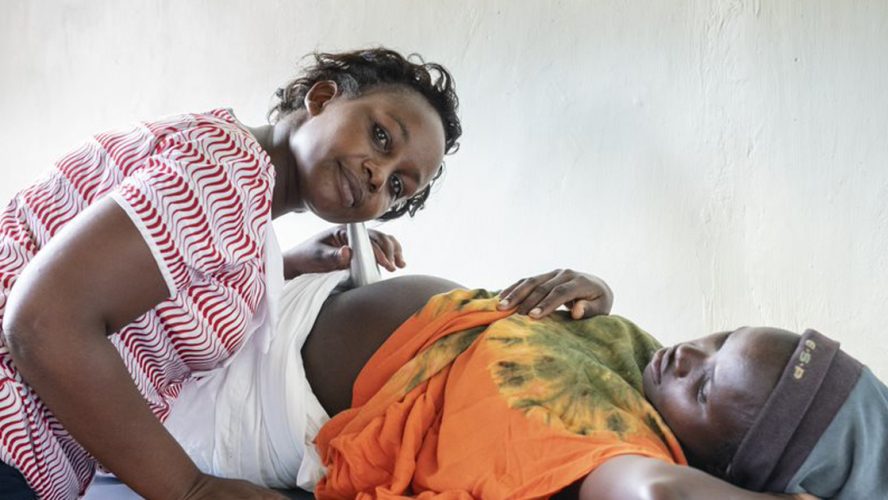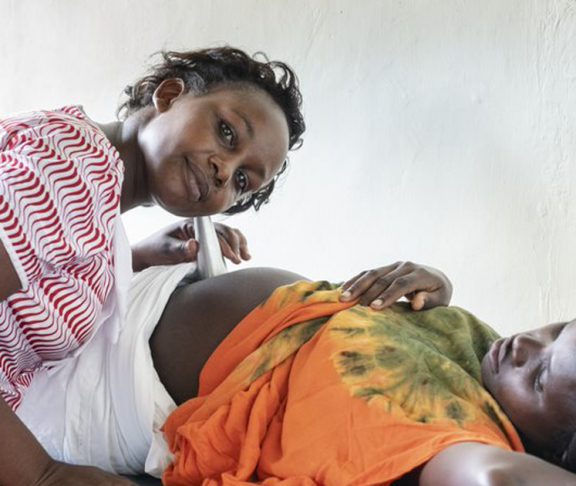
Angela Gorman
CEO and Co-Founder, Life for African Mothers
303,000 women die every year from complications in childbirth, which occur mainly in Sub-Saharan Africa. 99% of all these deaths are avoidable with the right medical care and resources.
Maternal mortality rates have declined since 2000 when the UN launched their global strategy to reduce poverty by raising the standard of living for the poorest on the planet to a basic level. However, mothers are still dying at alarming rates and, in most cases, mortalities can be avoided. Maternal deaths in Sub-Saharan Africa account for two-thirds of maternal deaths globally, reflecting issues prevalent in this region such as poor access to healthcare, insufficient medicine supplies and outdated training for medical professionals.
Midwives often don’t have up to date equipment, drugs or training
Maternal death is something midwives in Sub-Saharan Africa are frequently faced with in the absence of up to date equipment, drugs and training. As a result, life is extremely challenging for these midwives. They do the same job as UK midwives without access to the basic equipment and medicine a UK midwife takes for granted. They work long shifts in brutal heat for low, sometimes non-existent wages and frequently have to look after several labouring women on their own. Without proper tools and training, they simply do not have the resources to save the lives of mothers when complications occur in pregnancy or childbirth.
The ultimate aim is to make birth safer for women in Sub-Saharan Africa.
Helping to make birth safer for women in Sub-Saharan Africa
Skills Sharing Workshops, coordinated and run by volunteer UK midwives, provide an opportunity for local midwives to refresh and update their knowledge and practice their skills in a supportive and safe environment. The ultimate aim is to make birth safer for women in Sub-Saharan Africa. 2020 is WHO’s International Year of the Nurse and the Midwife and comes at a particularly poignant time to celebrate the work of nurses and midwives who, faced with a global pandemic, have continued to provide patients and mothers with quality care. It also comes as a reminder that there is more work to be done to ensure nurses and midwives have access to the training and equipment they need to continue saving lives.

